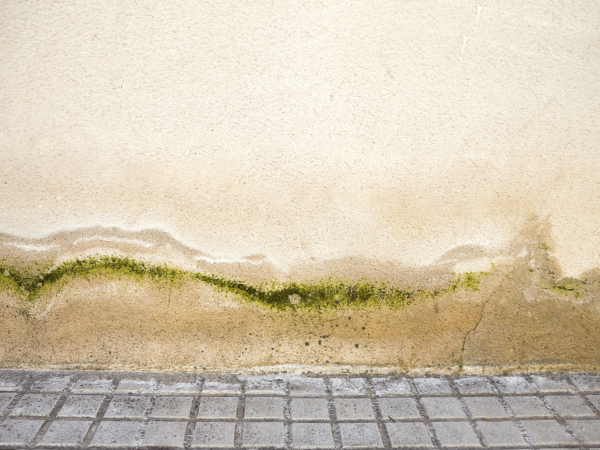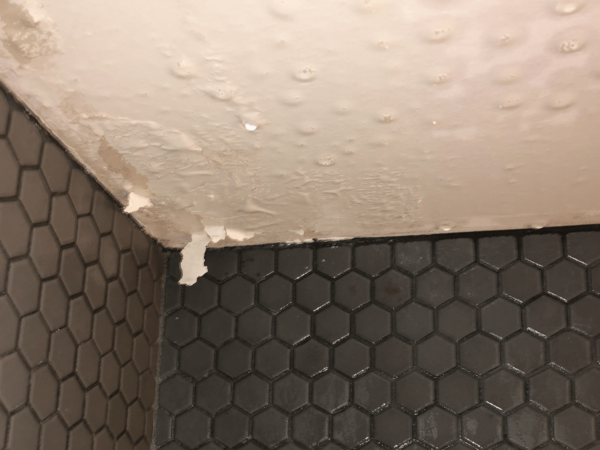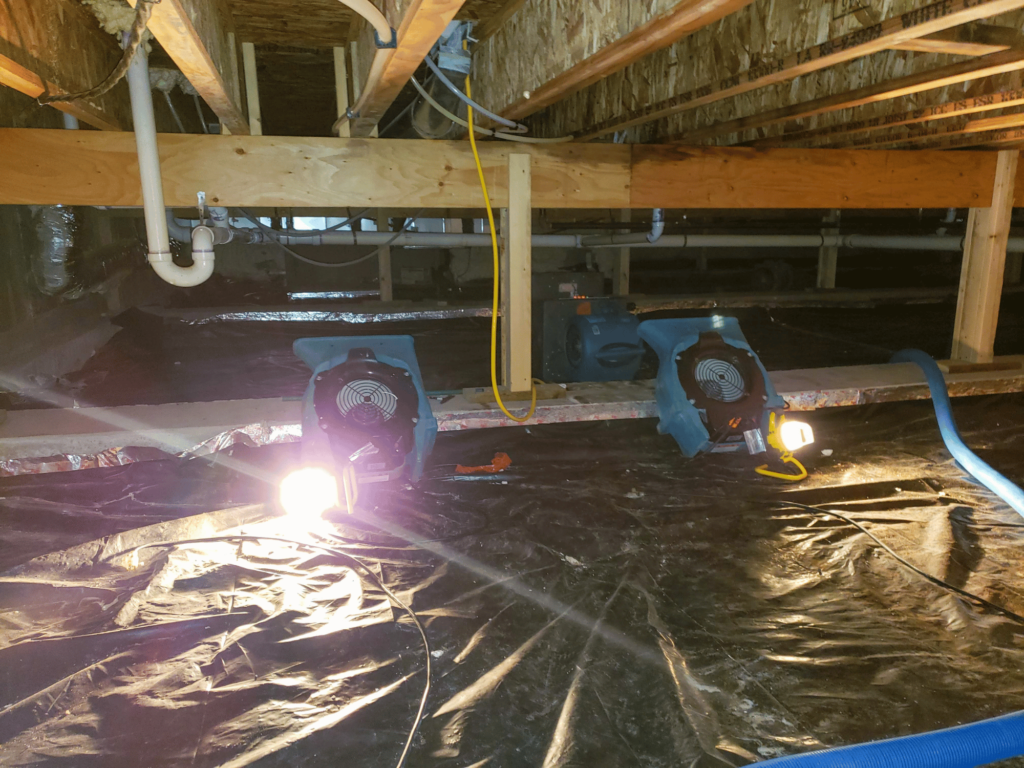Has your home ever suffered from water damage due to flooding, a broken pipe, or failed sump pump? If so, then you know how stressful it can be to deal with the physical and financial toll that comes with these types of disasters. Even minor cases of water damage can cost thousands of dollars and take time-consuming efforts to rectify. Fortunately, there are some precautionary steps you can take now to help reduce potential risks later on, as well as some best practices that will help in the event of an emergency. In this post we will explore both prevention measures and advice for dealing promptly with unexpected water damage repairs.
Understand the source of the water damage
 Investigating water damage can be a tricky and detail-oriented process. It’s important to have an idea of what kind of damage you’re facing before beginning your investigation. If a pipe is leaking, the location of the source may not be immediately apparent – oftentimes clues such as wet spots on walls or ceilings can point to its location. Similarly, if outdoor flooding is wreaking havoc on your home, finding the exact point of entry and sealing it off is a must before assessing other damage caused by the flooding waters. To minimize future water damage it’s essential to identify and understand its source first – otherwise it may become an ongoing problem.
Investigating water damage can be a tricky and detail-oriented process. It’s important to have an idea of what kind of damage you’re facing before beginning your investigation. If a pipe is leaking, the location of the source may not be immediately apparent – oftentimes clues such as wet spots on walls or ceilings can point to its location. Similarly, if outdoor flooding is wreaking havoc on your home, finding the exact point of entry and sealing it off is a must before assessing other damage caused by the flooding waters. To minimize future water damage it’s essential to identify and understand its source first – otherwise it may become an ongoing problem.
Take preventive steps to protect against any further damage
Protecting your home from further damage can be a daunting task but luckily there are several steps that you can take to ensure its integrity. Installing sump pumps and other sealants are highly effective in preventing moisture levels in the basement from getting too high and causing potential damage. Not only is this important for maintaining the structural integrity of your home, but it will also protect against mold growth–a common foe of any homeowner. With the right precautions, you can save yourself time and money down the road by taking preventive steps now
Clean up the affected area immediately to prevent mold growth
Mold growth is often the result of prolonged contact with moisture. Cleaning up any affected area immediately after a water spill or leak can help prevent mold spores from proliferating. If left in standing water, those spores will eventually begin to germinate and start to colonize, which can have a major impact on both your health and your property value. To avoid experiencing these risks, it’s important to act fast and make sure affected areas are thoroughly dried as soon as possible. Properly disposing of wet debris will help reduce the chances of mold developing in the future.
Assess the damage and consult a water damage restoration company
When your home has sustained damage, it’s important to assess the extent of the damage and consult a professional for advice on repair options. Depending on the type of structure that requires repair, appropriate building materials may need to be purchased and an experienced contractor may be best suited for tackling the job. Taking these steps can give you peace of mind that your home is safe, secure, and aesthetically pleasing once more. Additionally, it will provide greater protection against future disasters should they arise.
Emergency Flood Response in the Greater Toronto Area
 If you experience water damage in the Greater Toronto Area, then time is of the essence. Prompt action can often mean the difference between a manageable problem and an expensive repair bill. Calling on emergency flood response services that are available 24/7 can help ensure that your property is given the attention it needs right away. These companies specialize in dealing with floods, burst pipes and other water-related disasters and can work to restore your property as quickly as possible. With the right help on hand, you can have peace of mind that your home will be taken care of and made good again in no time. Contact Emergency Flood Response for an estimate on your water damage situation.
If you experience water damage in the Greater Toronto Area, then time is of the essence. Prompt action can often mean the difference between a manageable problem and an expensive repair bill. Calling on emergency flood response services that are available 24/7 can help ensure that your property is given the attention it needs right away. These companies specialize in dealing with floods, burst pipes and other water-related disasters and can work to restore your property as quickly as possible. With the right help on hand, you can have peace of mind that your home will be taken care of and made good again in no time. Contact Emergency Flood Response for an estimate on your water damage situation.

